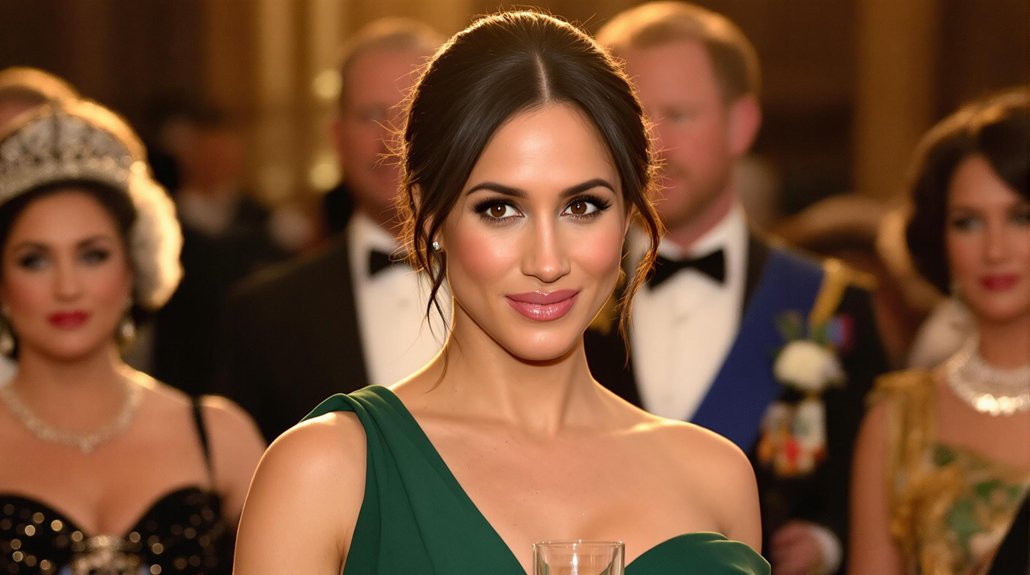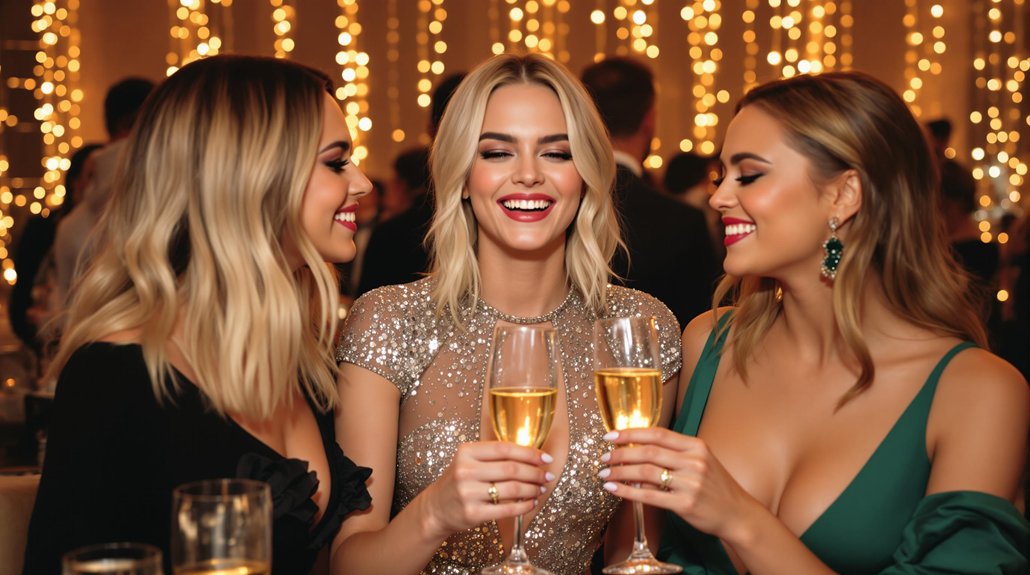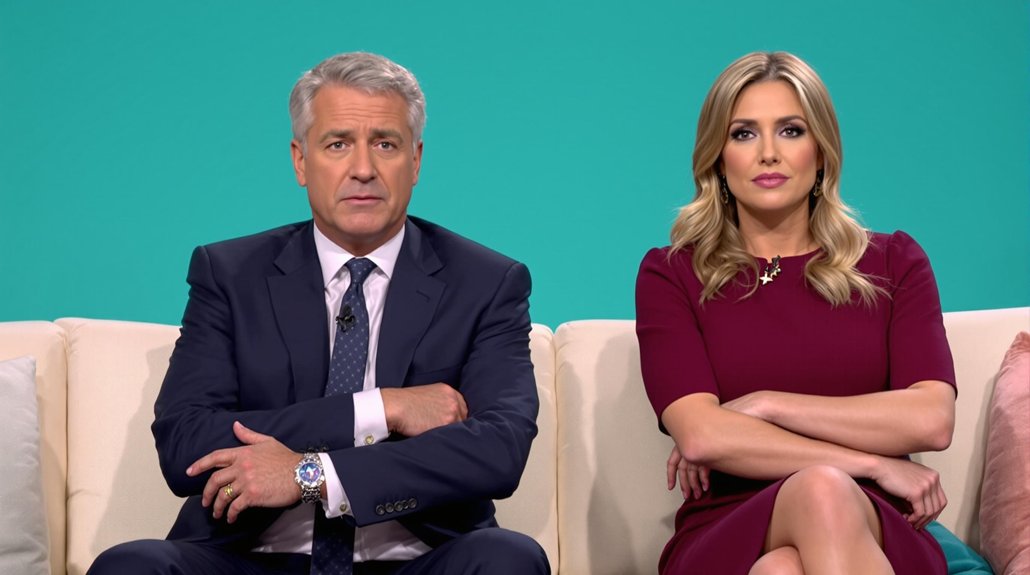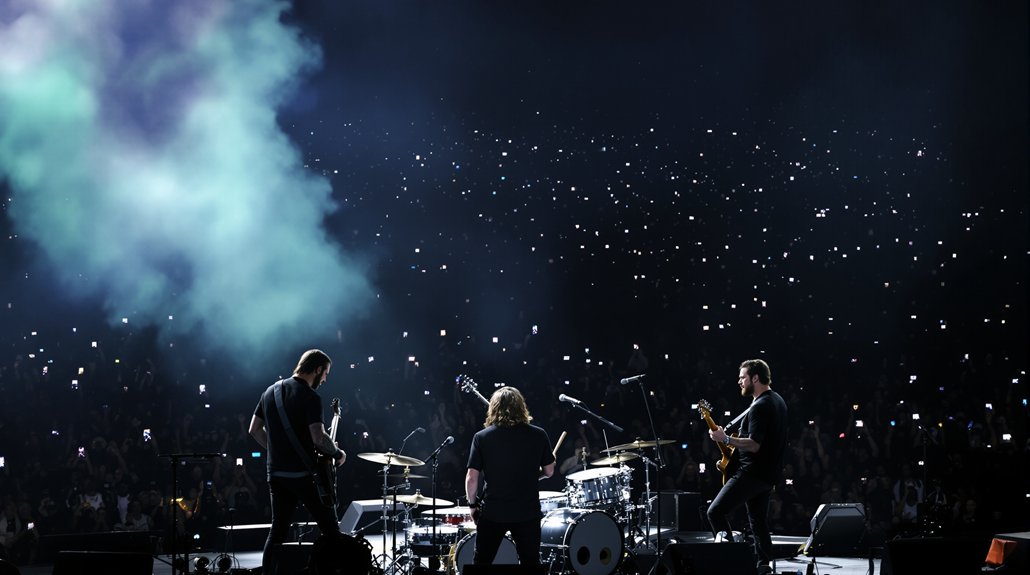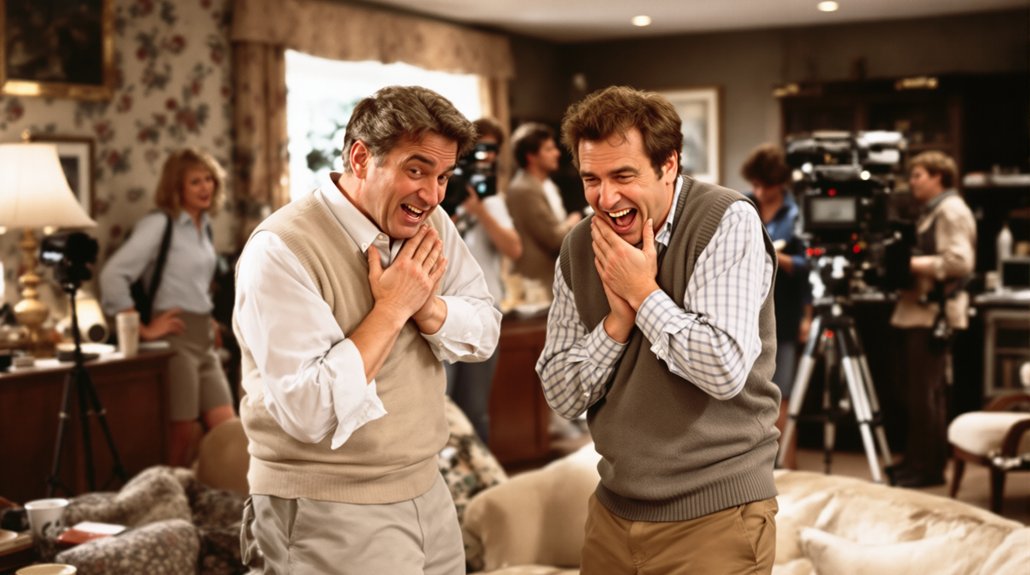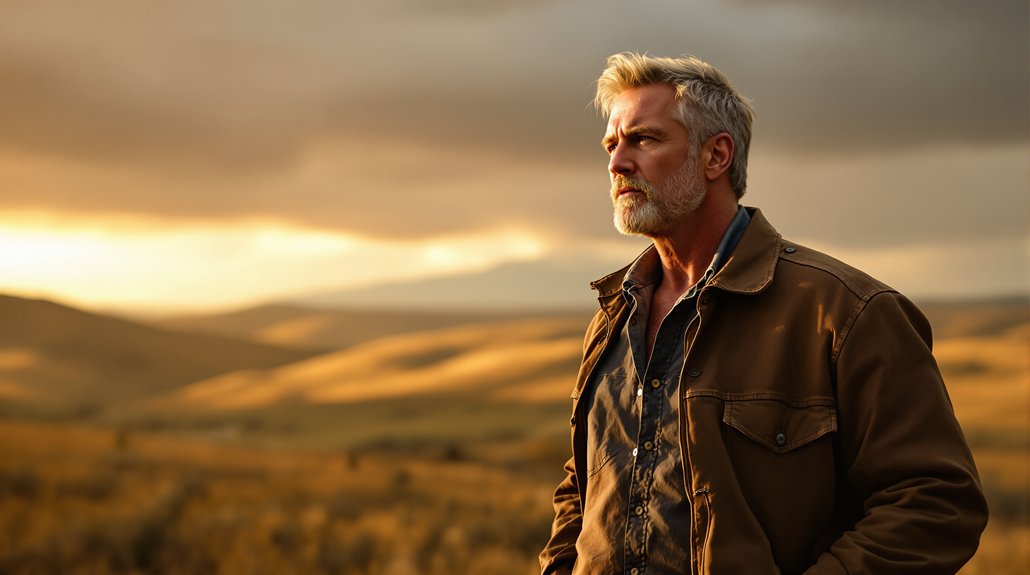Critics and royal commentators have characterized Meghan Markle’s May 19, 2018 marriage to Prince Harry at Windsor Castle as a calculated strategic move to elevate her global celebrity status and secure financial benefits through royal association. The former television actress shifted from Hollywood to Duchess of Sussex, gaining access to charitable networks, worldwide media attention, and substantial financial security through her £32 million wedding and subsequent royal privileges, while breaking traditional monarchy protocols and generating extensive international coverage that greatly amplified her public profile beyond her previous entertainment career achievements.
When Prince Harry of Wales married American actress Meghan Markle on May 19, 2018, at St. George’s Chapel, Windsor Castle, observers noted the union’s potential strategic benefits for the former “Suits” star’s celebrity status and financial prospects. The ceremony, which cost an estimated £32 million and attracted international viewership, transformed Markle from a moderately successful television actress into the Duchess of Sussex, Countess of Dumbarton, and Baroness Kilkeel.
The relationship began as a blind date arranged by mutual friends in July 2016, when Markle worked as an actress, blogger, and charity ambassador. Following a private courtship that remained largely confidential until late 2016, the couple announced their engagement on November 27, 2017, through Clarence House. The proposal occurred at their London home, described as intimate and low-key, though both families’ blessings were secured beforehand.
A carefully orchestrated courtship spanning sixteen months culminated in a private proposal at their London residence with family approval secured beforehand.
The wedding ceremony itself broke several royal traditions while embracing diversity, incorporating elements of African-American culture that reflected Markle’s heritage. Archbishop of Canterbury officiated the Anglican rites ceremony, with Queen Elizabeth II and other royal family members participating in preparations and festivities. Remarkably, 2,640 members of the public received invitations to Windsor Castle grounds, while gift bags containing memorabilia and discounts were distributed to attendees. Over 250 Armed Forces members performed ceremonial duties at the wedding, reflecting the military’s relationship with the royal family.
Markle’s integration into the British royal family required adaptation to strict protocols and intense public scrutiny, while simultaneously providing elevated access to charitable opportunities, global networks, and potential wealth through royal association. She became the first American to marry into the British monarchy since Wallis Simpson, combining Hollywood celebrity culture with traditional monarchy structures. The weekend wedding represented a significant departure from the traditional royal practice of holding ceremonies on weekdays. As the first mixed-race member of the modern British royal family, Markle’s union with Prince Harry marked a historic moment for the monarchy’s diversity and evolution.
The union generated extensive media coverage and social media engagement, creating a worldwide news event that prompted discussions about race, media treatment, and the monarchy’s modernization efforts. The high-profile marriage considerably increased Markle’s global fame and public profile, establishing her position within one of the world’s most prestigious institutions while providing substantial financial security through royal status and associated privileges.
